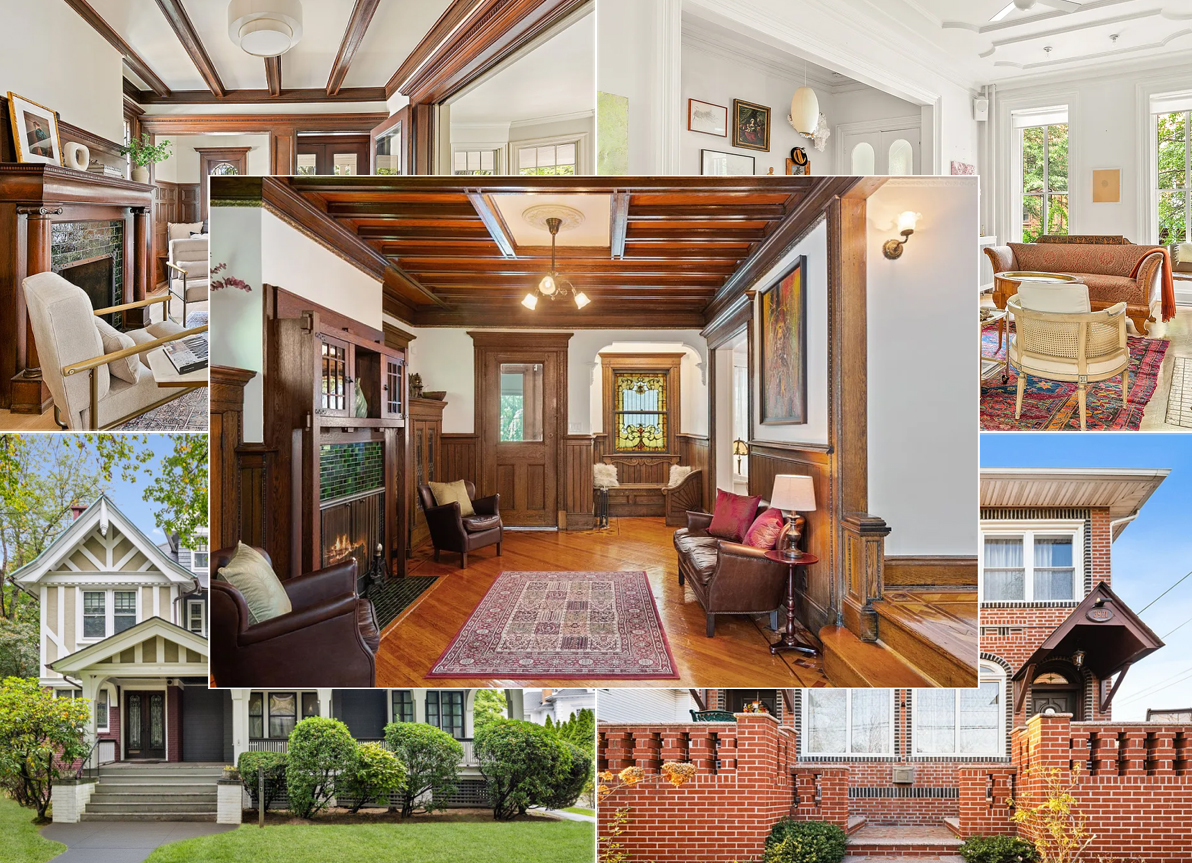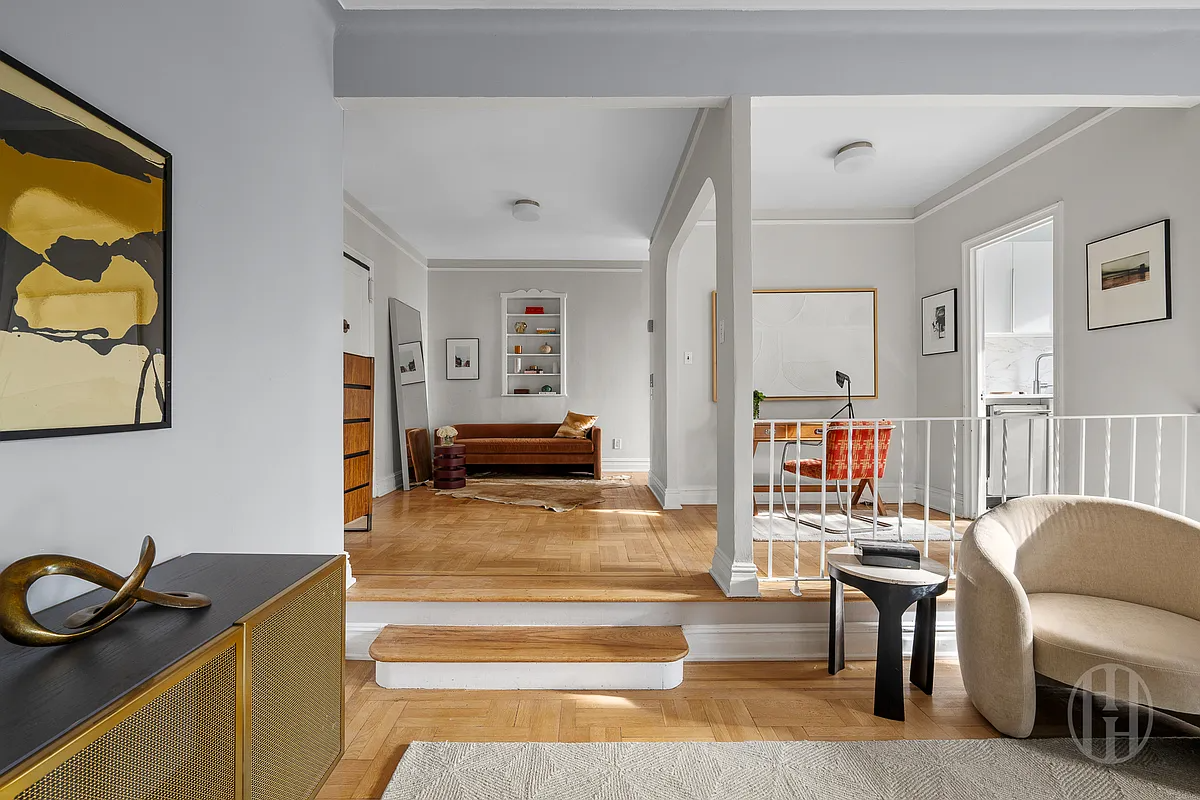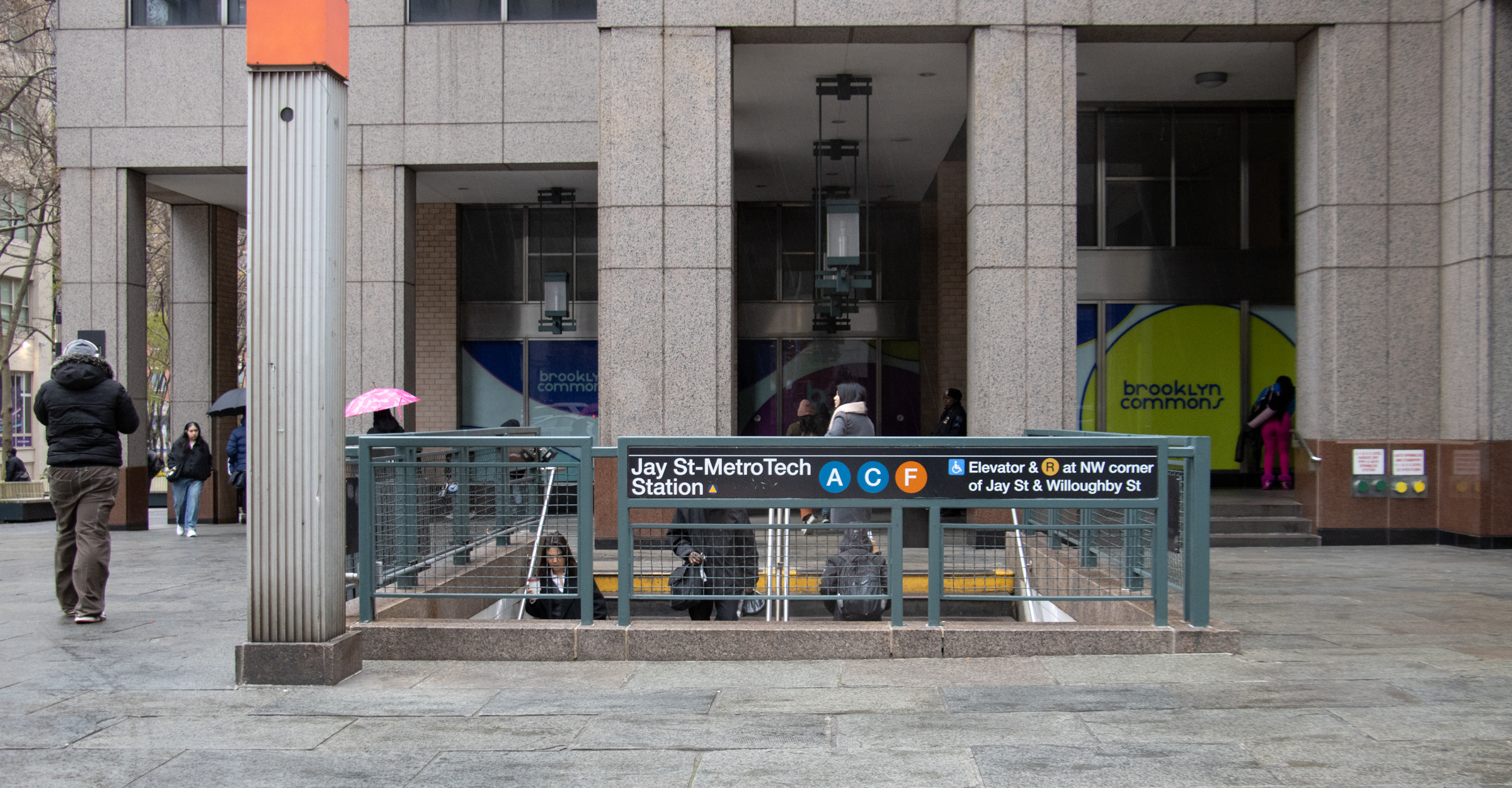Where's the Dough for AY Affordable Housing?
Last week Norman Oder had an extensive post on Atlantic Yards Report about where funding for AY’s affordable housing is going to come from. The issue is of serious concern as funding dries up for affordable projects around the city; Oder makes the point that AY’s 2,250 units of subsidized housing will require $1.4 billion…

 Last week Norman Oder had an extensive post on Atlantic Yards Report about where funding for AY’s affordable housing is going to come from. The issue is of serious concern as funding dries up for affordable projects around the city; Oder makes the point that AY’s 2,250 units of subsidized housing will require $1.4 billion in housing bonds, and there’s no evidence that Forest City Ratner has applied for any of those bonds (that’s important since there’s only about $1.6 billion bond financing to go around each year for all of New York State, and other developers also have to wait in line for the funds). The Post, meanwhile, had a hard hitting 52-word article that quotes HDC prez Marc Jahr as saying the city is not concerned about AY affordable funds being available because of the development’s scale. But isn’t there a lot to be concerned about? For example, does the project’s scale mean the city is giving a free pass for construction on the affordable housing parts of Atlantic Yards to take much longer than other aspects of the development? And what if there’s even less funding available for affordable housing in the future? Finally, is it fair for Forest City Ratner’s mega-development to eat into the creation of affordable units in other parts of the city and state?
Last week Norman Oder had an extensive post on Atlantic Yards Report about where funding for AY’s affordable housing is going to come from. The issue is of serious concern as funding dries up for affordable projects around the city; Oder makes the point that AY’s 2,250 units of subsidized housing will require $1.4 billion in housing bonds, and there’s no evidence that Forest City Ratner has applied for any of those bonds (that’s important since there’s only about $1.6 billion bond financing to go around each year for all of New York State, and other developers also have to wait in line for the funds). The Post, meanwhile, had a hard hitting 52-word article that quotes HDC prez Marc Jahr as saying the city is not concerned about AY affordable funds being available because of the development’s scale. But isn’t there a lot to be concerned about? For example, does the project’s scale mean the city is giving a free pass for construction on the affordable housing parts of Atlantic Yards to take much longer than other aspects of the development? And what if there’s even less funding available for affordable housing in the future? Finally, is it fair for Forest City Ratner’s mega-development to eat into the creation of affordable units in other parts of the city and state?
AY Affordable Housing Jeopardized By funding “Crisis” [AY Report]
Atlantic Yard$tick for Poor Housing [NY Post]
Is the Creation of Affordable Housing in Jeopardy? [Brownstoner]
Photo by True Scot





Hey Montrose Morris, why are you surprised?! This BIG BOY stuff! But I don’t think AY will be built. The Credit Market turmoil and Mutant Real Estate Bubble thing will knife this project. I know you think I’m wishful thinking but, We have serious credit problems.
The What
Someday this war is gonna end…
ACORN and the Rev. Daughtry, and everyone else who bought into AY, precisely because of “affordable” housing should have read the fine print, and should have known better. Words like, “if”, “after” and “then” should have made their warning bells go off. As in “After the market rate portion of AY is finished, if the units sell well, and if that generates funds, then we will build the affordable units.”
A variation on this theme was always right out in the open. These people allowed themselves and their followers to be the foot soldiers in a race and class war, which was not what opposition to AY was about. Now it looks like there will probably be no affordable housing, especially on site, and the race and class struggle in a gentrifying Brooklyn has gotten worse.
Thanks a bunch, everyone.
Calling a Norman Oder post “extensive” is about as redudant as saying that water is wet. They guy can’t express a point in less than 10,000 words.
Johnny, if anyone cops a “if you’re not with us then you’re against us”, it’s groups like DDDB, PHAC, or no land grab.
Didn’t they kind of already do performance-based zoning with AY? Those towers are awfully big already, and there’s no need to make them bigger.
Gabby, I don’t get what you mean by suggesting that AY would take affordable housing money away from elsewhere in the city/state. OK, there’s a limited amount of funding out there, but is there something wrong with putting a whole lot of that new affordable housing in a desirable neighborhood and luxury development? Why hold back — to make sure we have enough left over to build more projects in Brownsville? Do we want Parisian banlieues on the periphery of NYC?
Instead of bond financing with subsidized interest rates, how about performance based zoning?
Given Ratner additional FAR on the AY site in exchange for building the income restricted housing.
how will FCR handle the revelation that they haven’t made the proper arrangements to provide affordable housing?
Two words:
“I FORGOT.”
problem solved!
Once again the debate is framed by pro-AYers as “You’re either with us or you’re against development.” An approach that’s too silly to take seriously, but . . .
The yards themselves weren’t sold to the highest bidder. They were sold to the second-highest bidder at a price that was $100 million lower than the best bid. Some folks might wonder why.
The yards could have been developed in a manner that provided jobs, taxes AND a benefit to the community at a price that cost the city less than it stood to gain from the economic development. They simply weren’t.
In this case, the developer isn’t taking a huge risk. His risk is being underwritten by the taxpayer to the tune of $2 billion. Ratner’s assuming 50% of the risk while standing to benefit from 100% of the profit.
This excludes the increase in the value of the Nets that comes from us building them a stadium.
“Who do you think picks up the tabs for these bonds? You and me of course – the NYC and NY State Taxpayers.”
Big time!! This is why AY is in serious trouble. Where is Ratner getting the money from??!!! Here read this story, higher taxes coming your way.
Auction-Rate Bonds Force `Predatory’ Yields on Cities
http://www.bloomberg.com/apps/news?pid=20601009&sid=aZdB.TLa5k2c&refer=bond
Guess what folks, people want return for risk! Interest rates are going back up!
The What
Someday this war is gonna end…..
…and the sky is falling.
These projects like AY create jobs and create real estate value. The public component of the projects are financed by the increased tax revenues. You once had a lot that was contributing $5,000/yr at best in RE tax revenues. Down the road, the same plot of land will be contributing 10+ times that in RE tax revenues and much more in sales tax revenues that never existed before. The developer takes on a huge risk in moving forward with these projects.
It’s time to wake up!